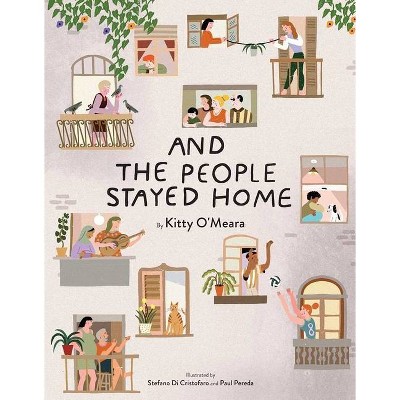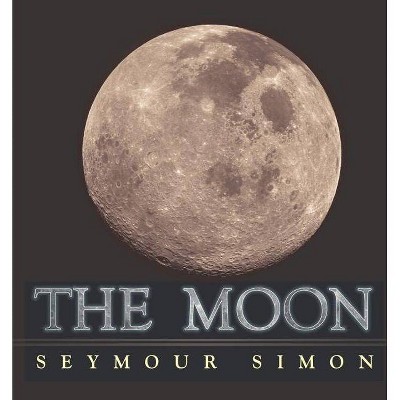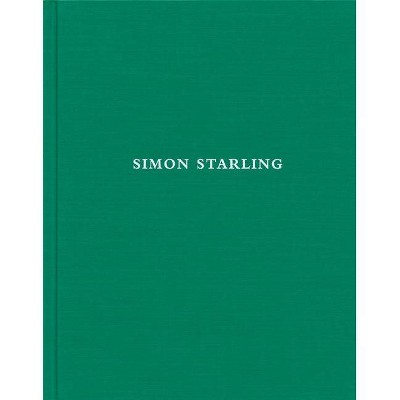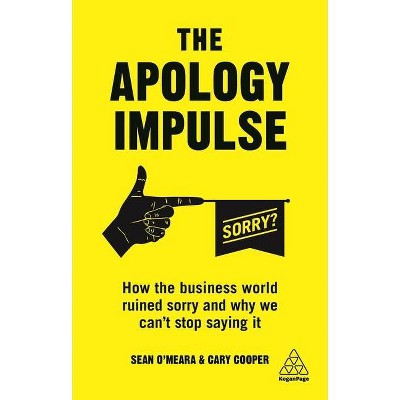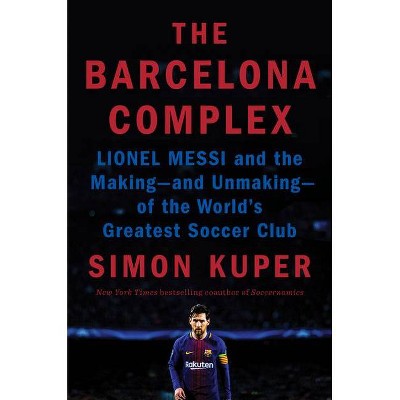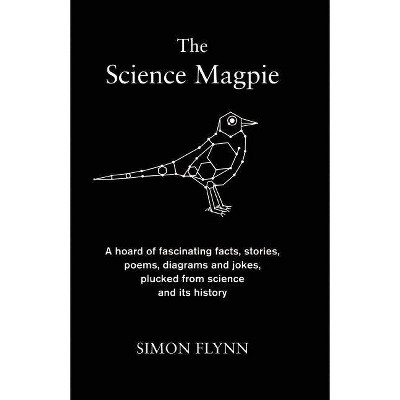The Kaʿba Orientations - by Simon O'Meara (Hardcover)
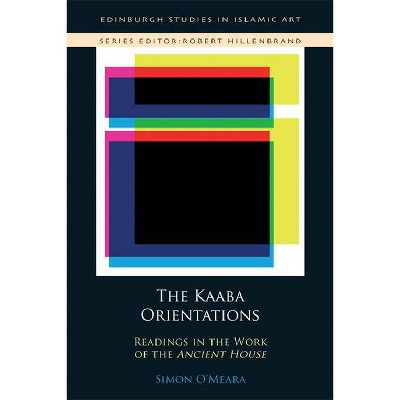
Similar Products
Products of same category from the store
AllProduct info
<p/><br></br><p><b> About the Book </b></p></br></br><p>The most sacred site of Islam, the Kaʿba (the granite cuboid structure at the centre of the Great Mosque of Mecca) is here investigated by examining six of its predominantly spatial effects.</p><p/><br></br><p><b> Book Synopsis </b></p></br></br><p>The most sacred site of Islam, the Kaʿba (the granite cuboid structure at the centre of the Great Mosque of Mecca) is here investigated by examining six of its predominantly spatial effects: as the qibla (the direction faced in prayer); as the axis and matrix mundi of the Islamic world; as an architectural principle in the bedrock of this world; as a circumambulated goal of pilgrimage and site of spiritual union for mystics and Sufis; and as a dwelling that is imagined to shelter temporarily an animating force; but which otherwise, as a house, holds a void.</p><p/><br></br><p><b> From the Back Cover </b></p></br></br>'Engaging with contemporary theories of religion, the work disturbs the epistemic premises that limit the interpretation of buildings through the rubric of architecture. Instead, it reframes the Kaʿba in terms of Islamic thought. Clear and engaging, it will surely become indispensable for students and scholars of Islamic arts, Islamic Studies and Religious Studies.' Wendy Shaw, Freie Universität Berlin 'This extraordinarily original book addresses the essential role of the Kaʿba, the building in Mecca that is the central focus of Muslim devotion, in the orientation of Muslim life. O'Meara masterfully and sensitively deploys a vast range of sources - religious, historical, literary, and visual - to explore and illuminate how this structure has functioned in the lives of Muslims over the past 1400 years.' Jonathan Bloom, Boston College 'Remarkably, this is the first book in English on Islam's most sacred structure. This is not an architectural history; instead it reveals the different strata in the building's many meanings, and the interactions between building and beholder, building and believer. O'Meara bravely straddles multiple disciplines to throw light on Muslim perspectives.' Julian Raby 'Brilliant, daring and challenging on every single page, O'Meara's study of the Kaʿba's manifold meanings is one of the most inspiring, and inspired, books on Islamic cultural history I've read in a long time.' Christian R. Lange, University of Utrecht Explores the Kaʿba as it has been conceptualised, represented and used by Muslims from the earliest period of Islam onwards What is the Kaʿba and why it is pivotal to the Islamic world? Why do pilgrims go about it, not in it? Is it empty? And why is a hollow building covered in black silk? The most sacred site of Islam, the Kaʿba (the granite cuboid structure at the centre of the Great Mosque of Mecca) is here investigated by examining six of its predominantly spatial effects: as the qibla (the direction faced in prayer); as the axis and matrix mundi of the Islamic world; as an architectural principle in the bedrock of this world; as a circumambulated goal of pilgrimage and site of spiritual union for mystics and Sufis; and as a dwelling that is imagined to shelter temporarily an animating force; but which otherwise, as a house, holds a void. Key Features - The first book-length exploration of the Kaʿba in a Western language - Explains what the Kaʿba is by examining how it functions architecturally and is represented culturally - Each chapter pursues a different aspect of the Kaʿba, presenting new findings and arguments - Extensively illustrated, including a number of rarely reproduced images Simon O'Meara is Lecturer in the History of Architecture and Archaeology of the Islamic Middle East at SOAS, University of London. Cover image: (c) Hajj1433/Flickr Cover design: [EUP logo] edinburghuniversitypress.com ISBN 978-0-7486-9930-8 Barcode<p/><br></br><p><b> About the Author </b></p></br></br><p>Simon O'Meara is an architectural historian of early to pre-modern urban Islamic culture, with a methodological interest in using the discourses of Islam to explore Islamic visuality and understand what scholarship can struggle to accommodate or see. He is Lecturer in the History of Architecture and Archaeology of the Islamic Middle East at SOAS, University of London.<p>
Price History
Price Archive shows prices from various stores, lets you see history and find the cheapest. There is no actual sale on the website. For all support, inquiry and suggestion messagescommunication@pricearchive.us
